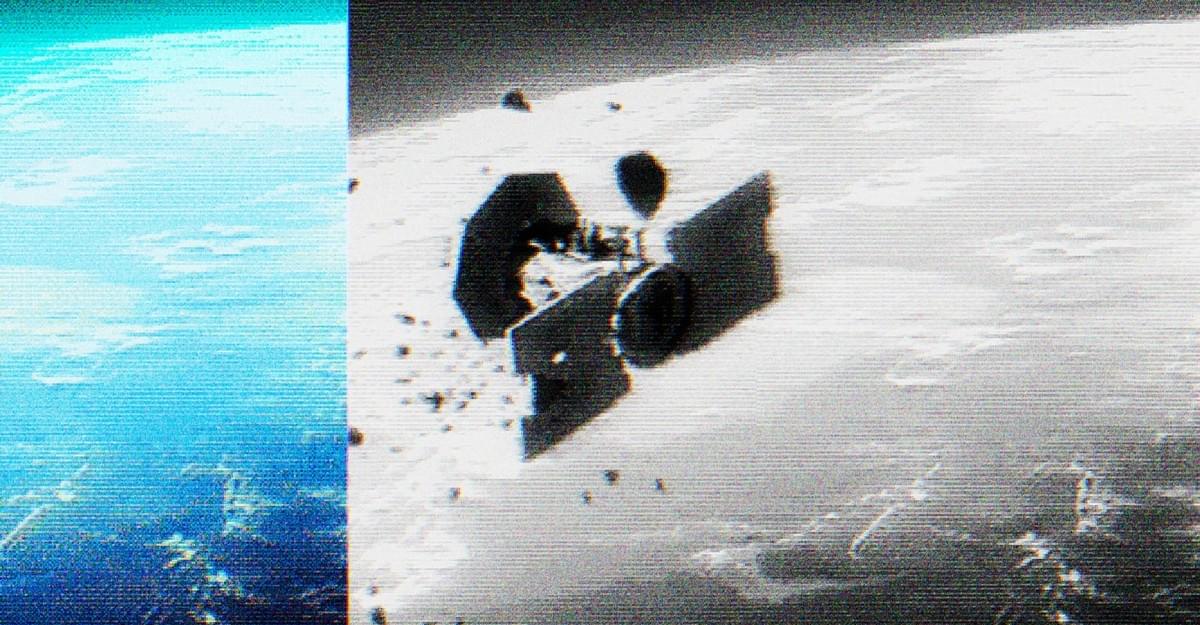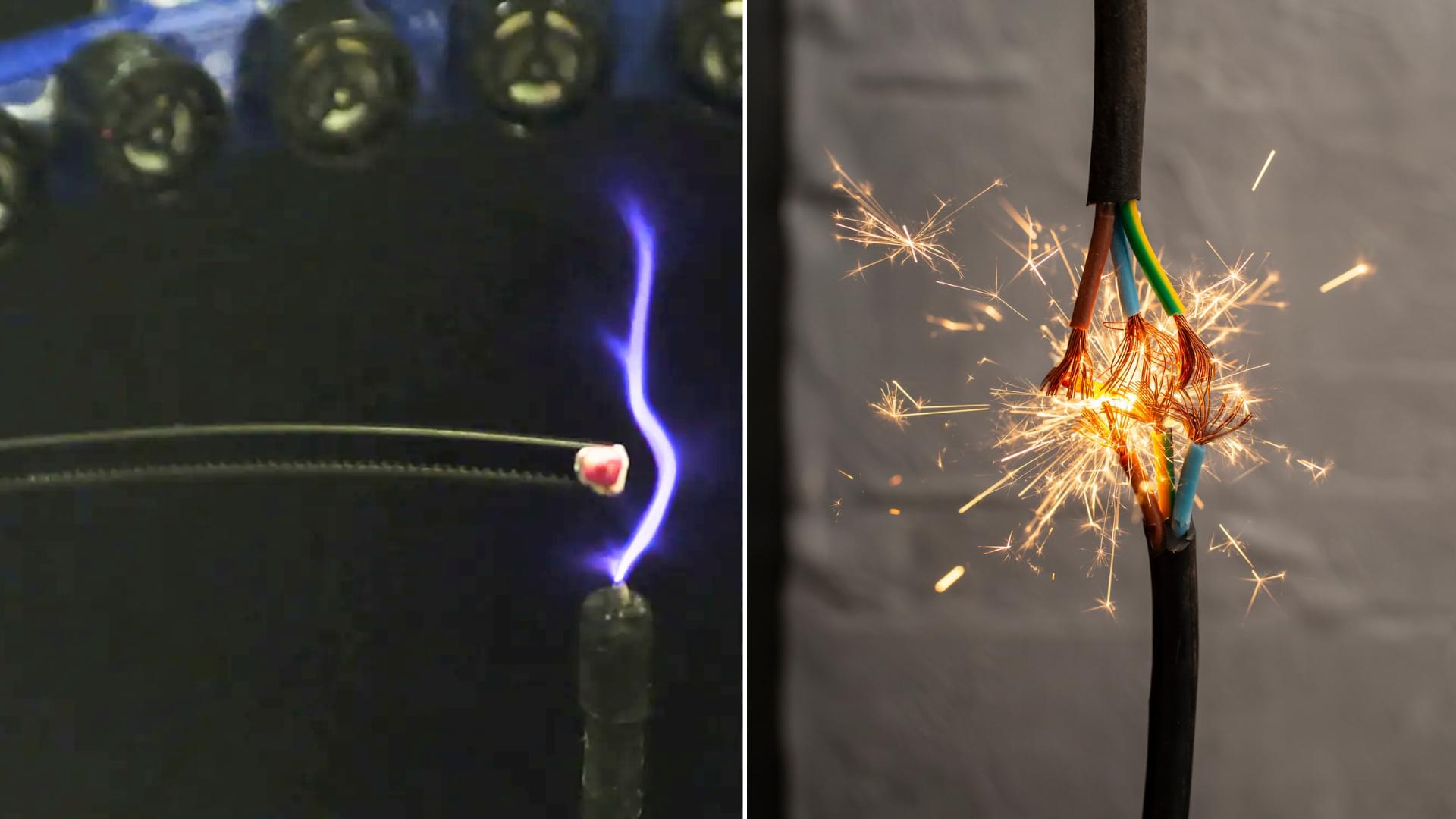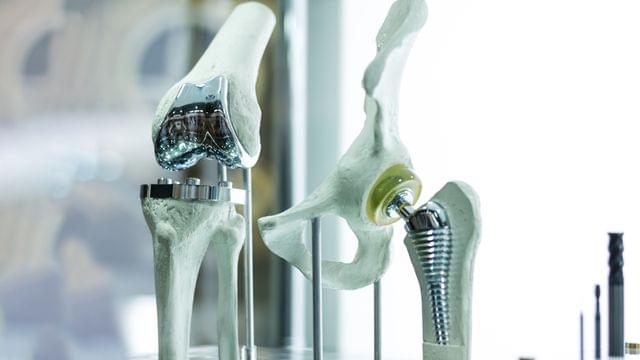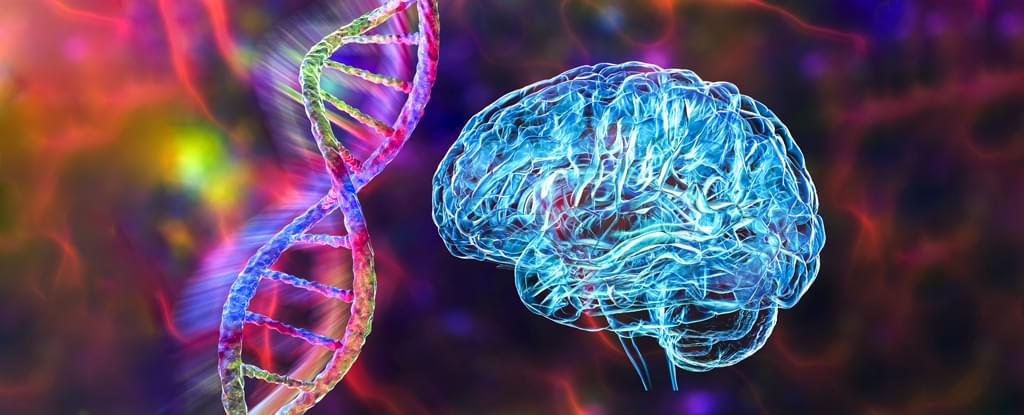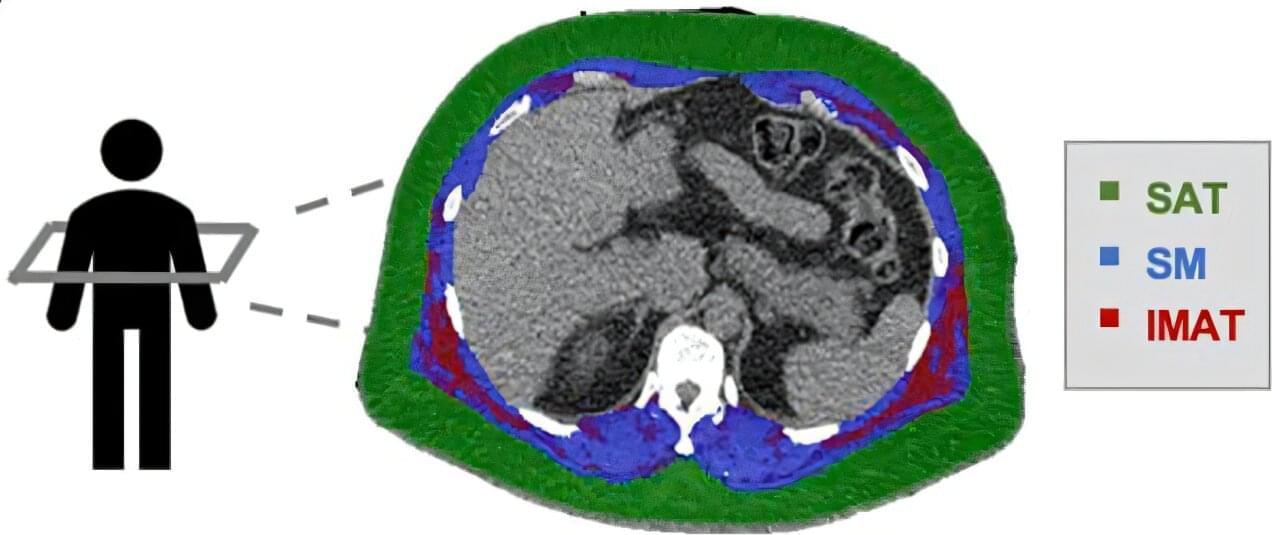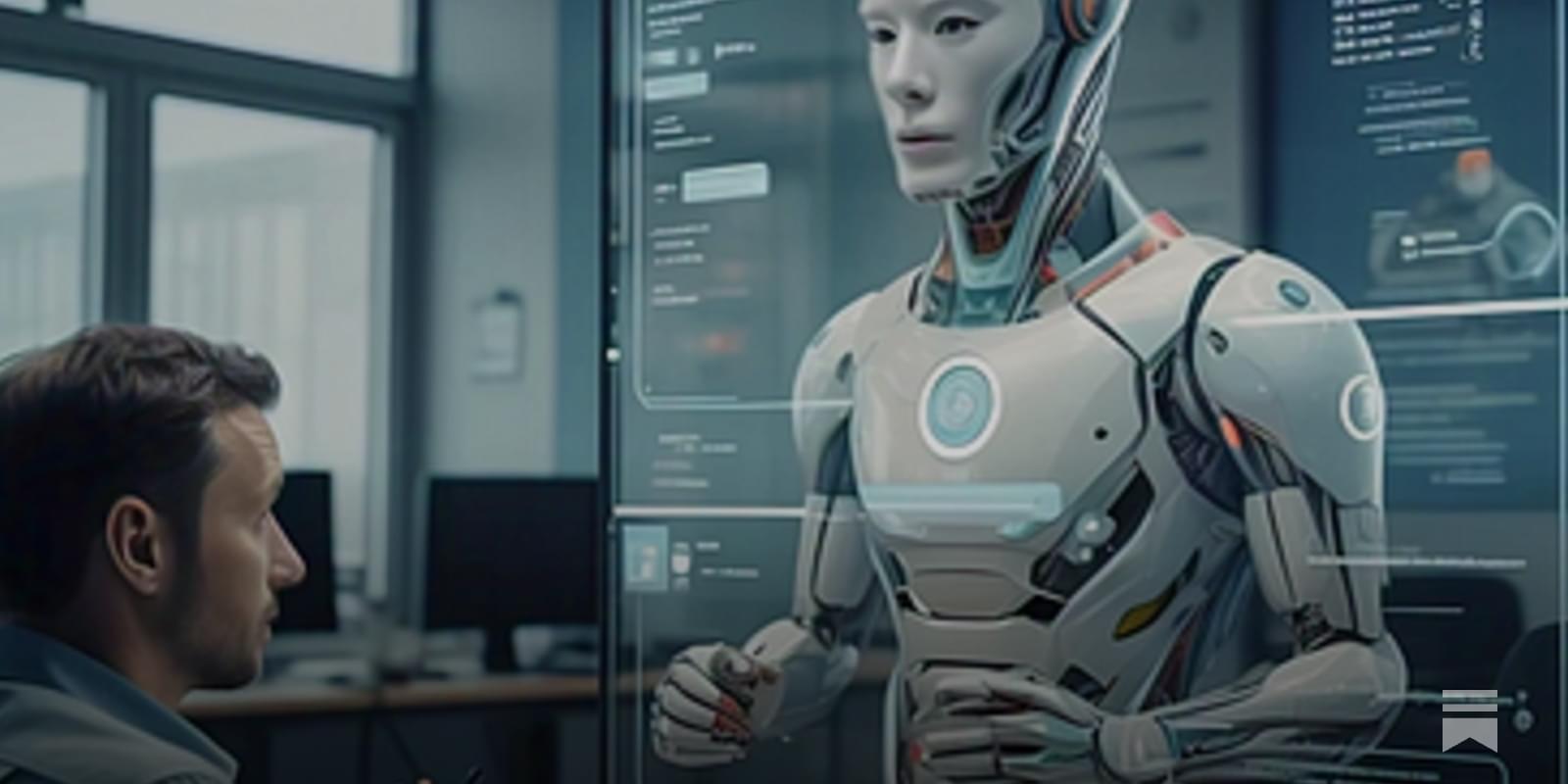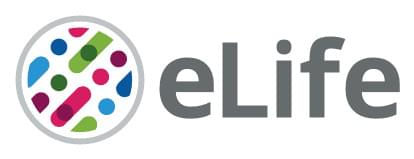A national initiative in Japan hopes to address psychological issues by developing technologies that harness everything from vocal data to pinpoint mood, to light-sensitive proteins that modulate emotions.
Precisely controlling sparks allows for their use in a wide variety of applications.
For the first time, scientists have found that electric sparks can be guided using ultrasonic waves. A recent study by researchers from Spain, Finland, and Canada uncovered the way in which ultrasonic waves transport electricity through air.
Researchers revealed that this guidance occurs because the sparks heat up the air, which expands and lowers its density.
The hot air is then guided by ultrasonic waves into regions where the sound intensity is higher, and the next sparks follow these regions of lighter air because of its lower breakdown voltage, according to researchers.
Penn State researchers have created LivGels, a self-healing hydrogel that mimics extracellular matrix (ECM) properties, including strain-stiffening and mechanical adaptability.
Part One — “Primal Eye, solution to the mind-body problem” by Steve Nichols, featuring Prof. Richard Gregory, Dr Rupert Sheldrake, Mark Beardmore. Camera work by Eugene Smith and Tom Holland. Music by Nao Masuda.
Join us on Patreon! https://www.patreon.com/MichaelLustgartenPhD
Discount Links/Affiliates:
Blood testing (where I get the majority of my labs): https://www.ultalabtests.com/partners/michaellustgarten.
At-Home Metabolomics: https://www.iollo.com?ref=michael-lustgarten.
Use Code: CONQUERAGING At Checkout.
Clearly Filtered Water Filter: https://get.aspr.app/SHoPY
Epigenetic, Telomere Testing: https://trudiagnostic.com/?irclickid=U-s3Ii2r7xyIU-LSYLyQdQ6…M0&irgwc=1
Use Code: CONQUERAGING
NAD+ Quantification: https://www.jinfiniti.com/intracellular-nad-test/
Researchers recently discovered that eight different psychiatric conditions share a common genetic basis.
A new study has now honed in on some of those shared genetic variants to understand their properties. They found many are active for longer during brain development and potentially impact multiple stages, suggesting they could be new targets to treat multiple conditions.
“The proteins produced by these genes are also highly connected to other proteins,” explains University of North Carolina geneticist Hyejung Won. “Changes to these proteins in particular could ripple through the network, potentially causing widespread effects on the brain.”
People with pockets of fat hidden inside their muscles are at a higher risk of dying or being hospitalized from a heartattack or heart failure, regardless of their body mass index, according to research published in the European Heart Journal.
This ‘intermuscular’ fat is highly prized in beef steaks for cooking. However, little is known about this type of body fat in humans, and its impact on health. This is the first study to comprehensively investigate the effects of fatty muscles on heart disease.
The new finding adds evidence that existing measures, such as body mass index or waist circumference, are not adequate to evaluate the risk of heart disease accurately for all people.
In today’s AI news, OpenAI released its o3-mini model one week ago, offering both free and paid users a more accurate, faster, and cheaper alternative to o1-mini. Now, OpenAI has updated the o3-mini to include an updated chain of thought.
In other advancements, Hugging Face and Physical Intelligence have quietly launched Pi0 (Pi-Zero) this week, the first foundational model for robots that translates natural language commands directly into physical actions. “Pi0 is the most advanced vision language action model,” said Remi Cadene, a research scientist at Hugging Face.
S Luxo Jr., Apple And, one year later the Rabbit R1 is actually good now. It launched to reviews like “avoid this AI gadget”, but 12 months have passed. Where is the Rabbit R1 now? Well with a relentless pipeline of updates and novel AI ideas…it’s actually pretty good now!?
In videos, Moderator Shirin Ghaffary (Reporter, Bloomberg News) leads a expert panel which includes; Chase Lochmiller (Crusoe, CEO) Costi Perricos (Deloitte, Global GenAI Business Leader) Varun Mohan (Codeium, Co-Founder and CEO) that ask, how are we building the infrastructure to support this massive global technological revolution?
Meanwhile, Humans are terrible at detecting lies, says psychologist Riccardo Loconte… but what if we had an AI-powered tool to help? He introduces his team’s work successfully training an AI to recognize falsehoods.
And, Mo Gawdat, the former Chief Business Officer for Google X, bestselling author, the founder of ‘One Billion Happy’ foundation, and co-founder of ‘Unstressable,’ joins Professor Scott Galloway to discuss the state of AI — where it stands today, how it’s evolving, and what that means for our future.
We close out with, Dialogue at UTokyo GlobE held an event with CEO Sam Altman of OpenAI and CPO, Kevin Weil. President Teruo Fujii and Executive Vice President Kaori Hayashi welcomed the two guests, along with 36 students whose major ranged from engineering to medicine to philosophy.
Thats all for today, but AI is moving fast — like, comment, and subscribe for more AI news! Please vote for me in the Entrepreneur of Impact Competition today! Thank you for supporting my partners and I — it’s how I keep Neural News Network free.
[](https://open.substack.com/pub/remunerationlabs/p/openais-o3-…Share=true)
This OpenAI update is available to free and paid users and could make getting the results you want easier.
The enzyme PKMzeta is crucial for the maintenance of long-term memories, but a closely related enzyme provides a back-up should PKMzeta fail, thus explaining the controversy over why deleting the gene for PKMzeta may not appear to impair memory.
